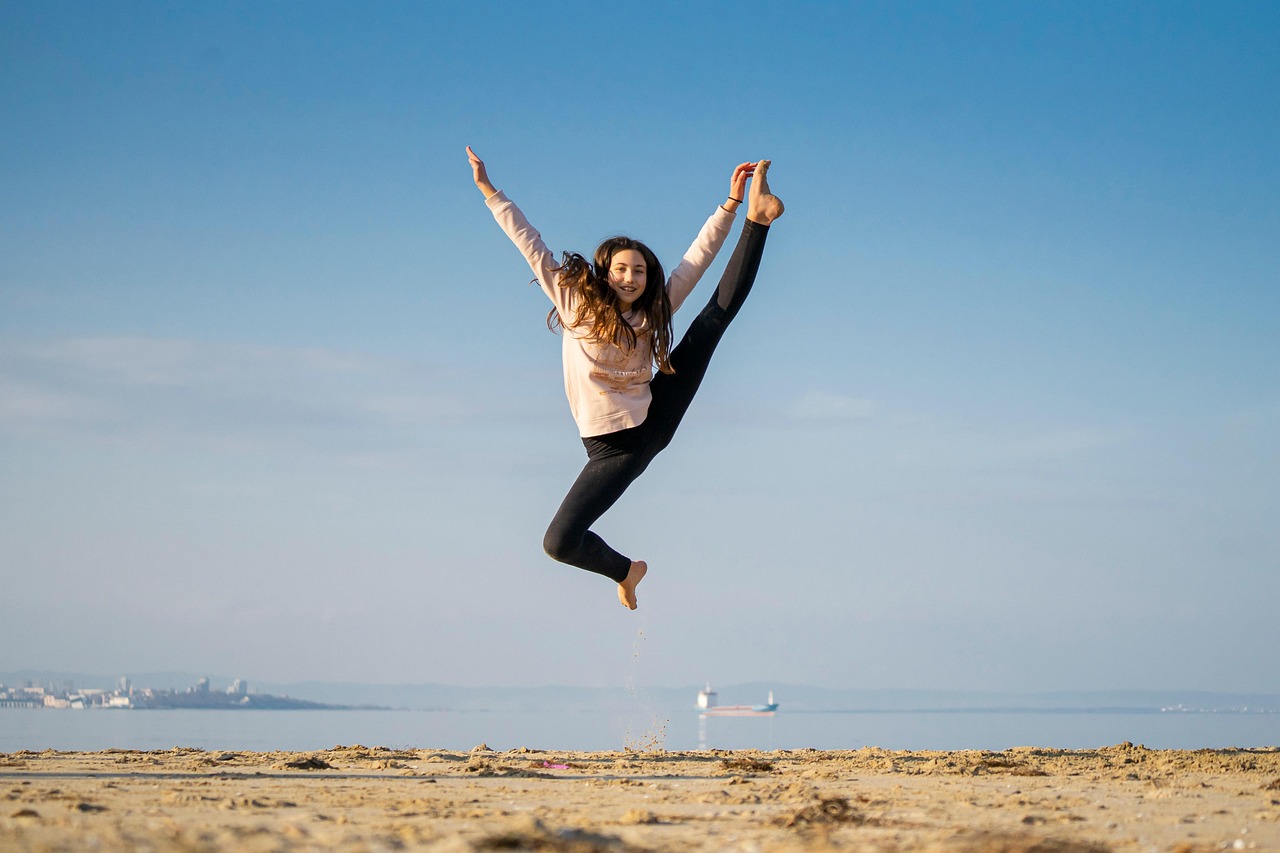Dance - Part 3
The Power of Expressive Movement

Expressive movement is a powerful form of nonverbal communication that allows individuals to convey emotions, thoughts, and ideas through their body language. In this final part of our series on expressive movement, we will delve deeper into the benefits and techniques of this captivating art form.
Benefits of Expressive Movement
- Enhanced self-expression: Expressive movement provides a creative outlet for individuals to express themselves authentically.
- Emotional release: Through movement, people can release pent-up emotions and experience a sense of catharsis.
- Physical well-being: Engaging in expressive movement can improve physical fitness, flexibility, and coordination.
- Stress reduction: Moving the body in a deliberate and expressive manner can help reduce stress and promote relaxation.
Techniques for Expressive Movement
Whether through dance, mime, or other forms of physical expression, here are some techniques to enhance your expressive movement practice:
- Focus on breath: Connect your movements with your breath to create fluidity and intention in your expression.
- Use levels: Experiment with different levels of movement - high, medium, and low - to add depth and dynamics to your performance.
- Explore tempo: Play with the speed and rhythm of your movements to convey different moods and emotions.
- Engage your senses: Incorporate sensory experiences like touch, sound, and visuals to enrich your movement vocabulary.
Expressive movement is a versatile art form that can be practiced by people of all ages and abilities. Whether you're looking to enhance your communication skills, boost your creativity, or simply enjoy the freedom of movement, incorporating expressive movement into your life can have a profound impact on your well-being.
Embrace the power of expressive movement and discover the beauty of communicating through the language of the body!
